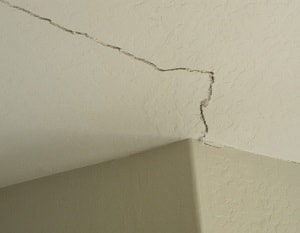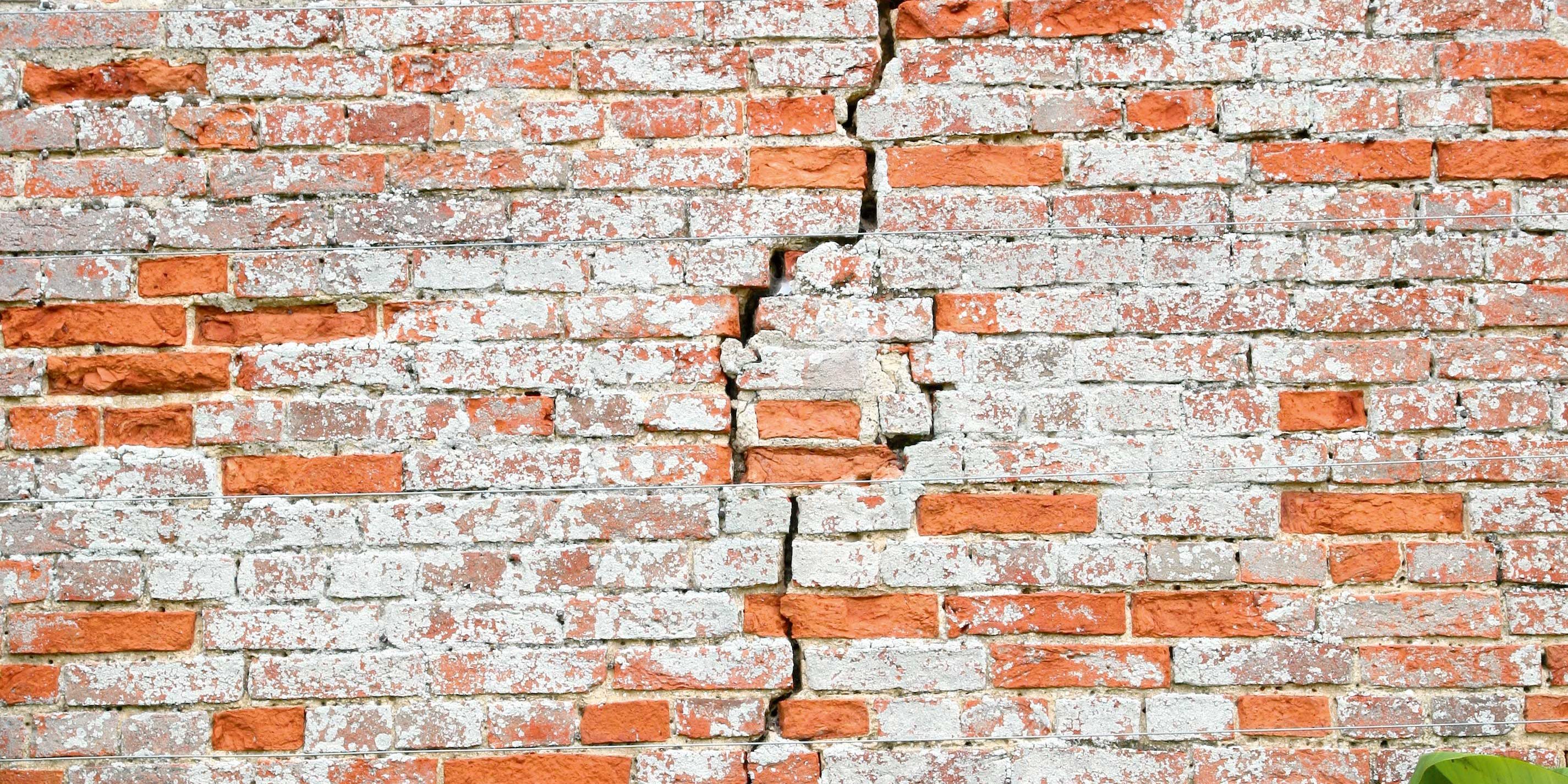

As the tree bends and sways in the wind, one half of the stem slides over the other, elongating the crack.Įventually the enlarging crack causes the two halves of the stem to shear apart. Shear cracks, a type of vertical crack, become hazardous when they go completely through the stem and separate the stem into two halves. Horizontal cracks run across the wood grain. Vertical cracks run with the wood grain along the length of the tree and may appear as shear cracks, inrolled cracks or ribbed cracks. Several types of cracks can be found in trees and, like other defects, the severity of cracks ranges across a spectrum. The wood behind the crack may be sound, decayed or missing, as in a cavity. Cracks can occur in branches, stems or roots. The vast majority of cracks are caused by improper closure of wounds, by the splitting of weak branch unions, or by flush-cut pruning. Cracks form when the load exceeds the capacity of the stem to withstand the load. One of the major warning signs of tree failure is a visible crack. A sound tree becomes potentially dangerous when the tree’s woody structure is weakened by one or more defects.ĭuring storms, pre-existing defects predispose trees to failure.

Andersen noted that trees are designed to withstand storms, but all trees can fail - and defective trees fail sooner than healthy ones. “Homeowners worried about trees falling and damaging property should call a professional arborist in for an inspection,” advised Tchukki Andersen, staff arborist with the TCIA. Frost cracks are vertical cracks in the stems of trees. Other types of damage to plants due to quick changes in winter. Frost cracks (See Figure 4) are often the result of some sort of predisposing factor.

Sunscald and frost cracking of trees can occur in any winter.

An ice storm or high wind can cause a cracked tree to fail under its own weight. As winter deepens, homeowners and property managers are advised by the Tree Care Industry Association (TCIA) that tree failure is a major cause of property damage.


 0 kommentar(er)
0 kommentar(er)
